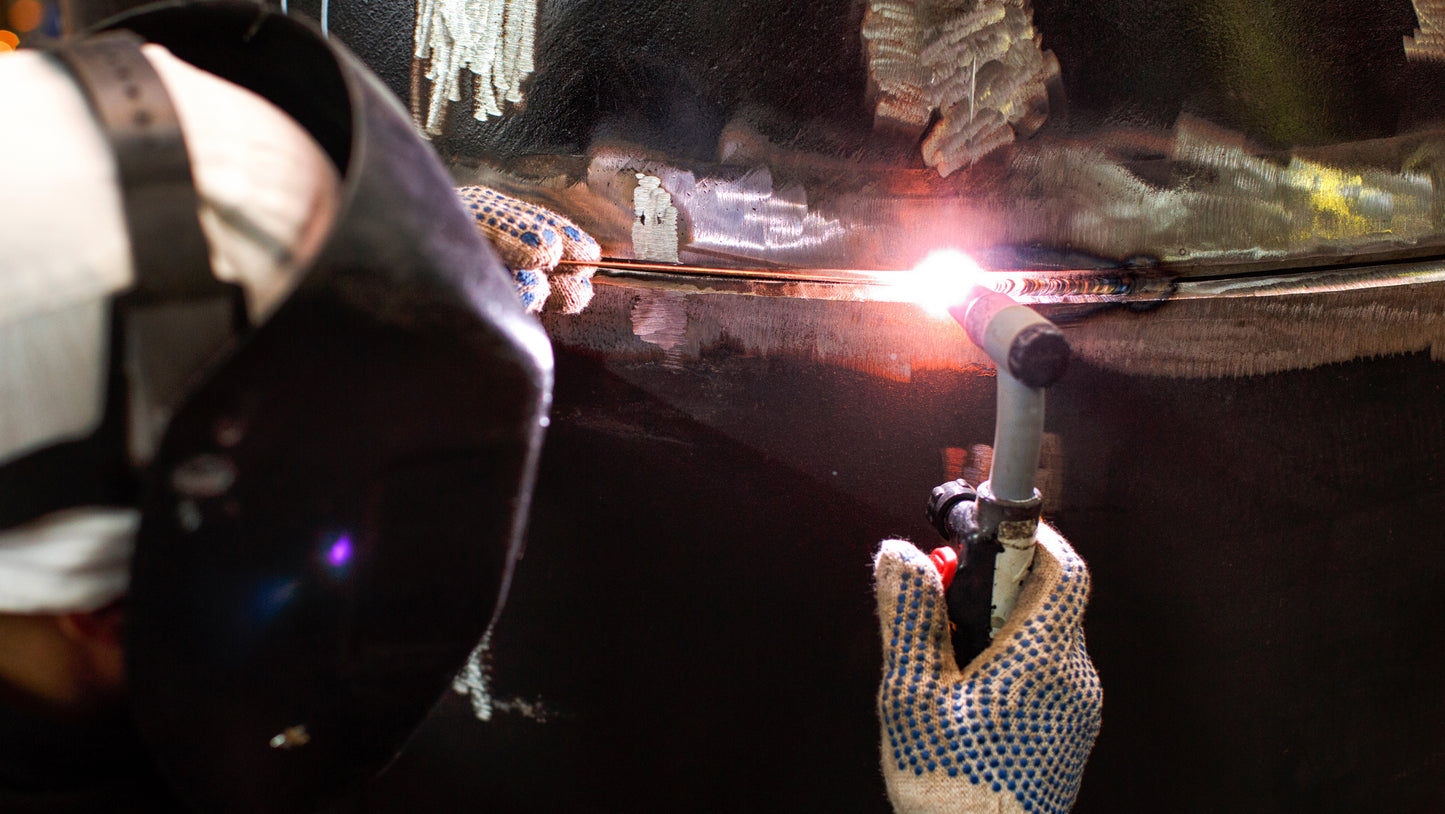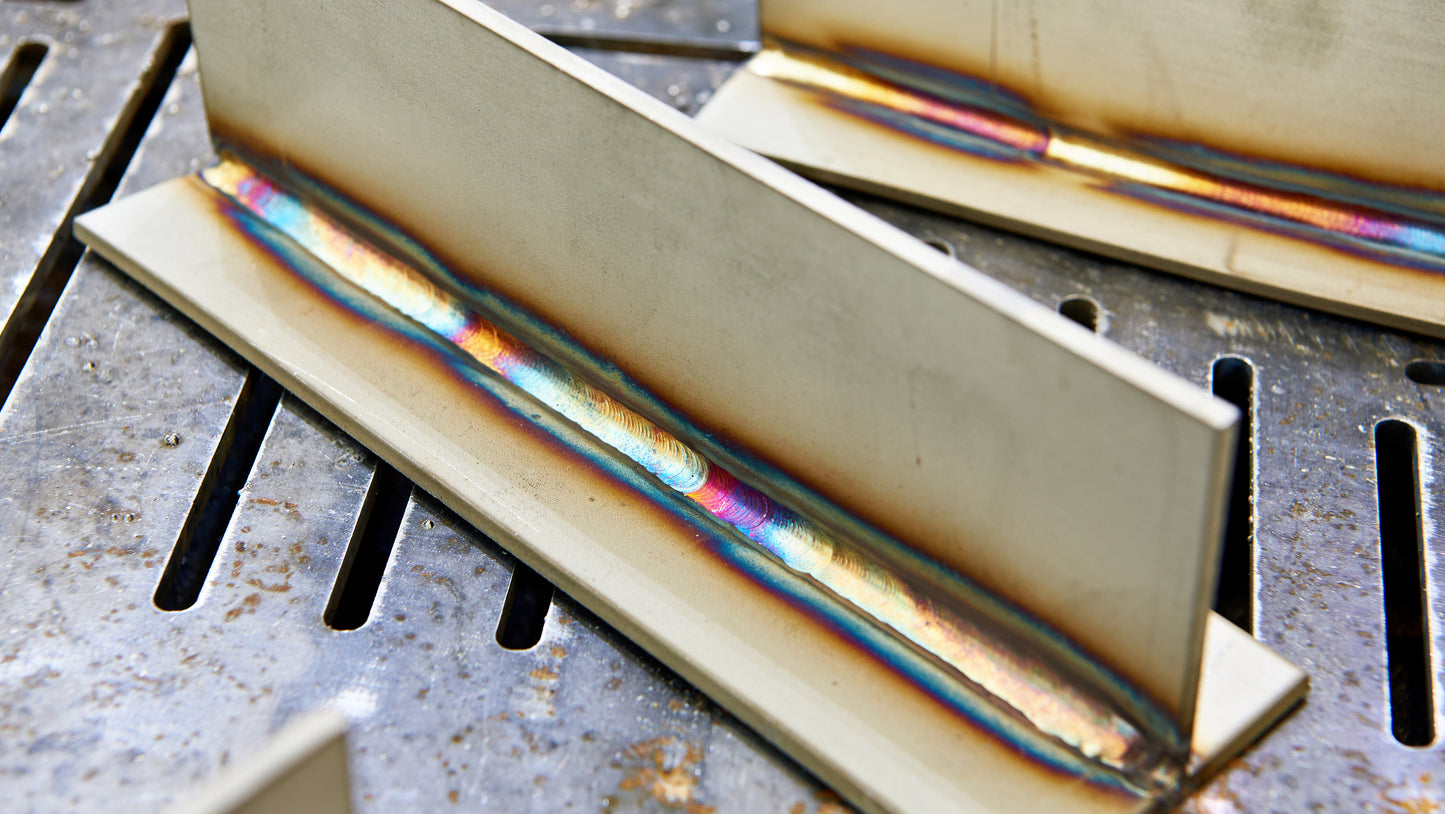Design, production and quality assurance of the weld seam
Main focus
- Welding-compliant design in practice (production and load-compliant) for static and dynamic loads
- Control the quality of a welded construction as early as the development stage
- Avoiding cases of damage and optimize welded constructions
- Creation of standard-compliant welding drawings according to ISO 2553 with sensible tolerancing according to ISO 13920 and ISO 9013, definition of the required evaluation group according to ISO 5817 - steel (ISO 10042 - aluminum alloys)
Prices
- First participant of a company: 790,- €*
- Each additional participant from the same company: 580,- €*
- University members (lecturers and students): 295,- €
All prices plus VAT
(* As an MDESIGN service customer, you benefit from a customer advantage of 10%.)
Documents
You will receive detailed seminar documentation and a certificate of attendance.
Your speakers
Dipl.-Ing. HTL Michael Brand
- Studied mechanical engineering at St. Gallen University of Applied Sciences (CH) and welding engineer IWE at SLV Fellbach
- Welding supervisor according to ISO 14731 for EN 15085 CL1 rail vehicles and EN 1090 EXC3 for steel construction
- Managing Director and owner of Brand Engineering GmbH
Adrian Vogt
- B.Sc in Mechanical Engineering at the University of Applied Sciences Northwestern Switzerland (FHNW)
- Welding Engineer IWE at the School of Engineering in Zurich (ZHAW)
- Mechanical engineer and welding supervisor according to ISO 14731 for EN 15085 CL+ rail vehicles and EN 1090 EXC 3 for steel construction at Brand Engineering GmbH
Any questions? Here you can find all information about our online seminar!
MDESIGN knowledge update online seminars always take place in the morning and always live - for the best possible integration into your day-to-day work and the best possible exchange. Ask your questions directly to speakers with practical experience and benefit from the intensive exchange of knowledge. You can consolidate your learning success with detailed training documents.








